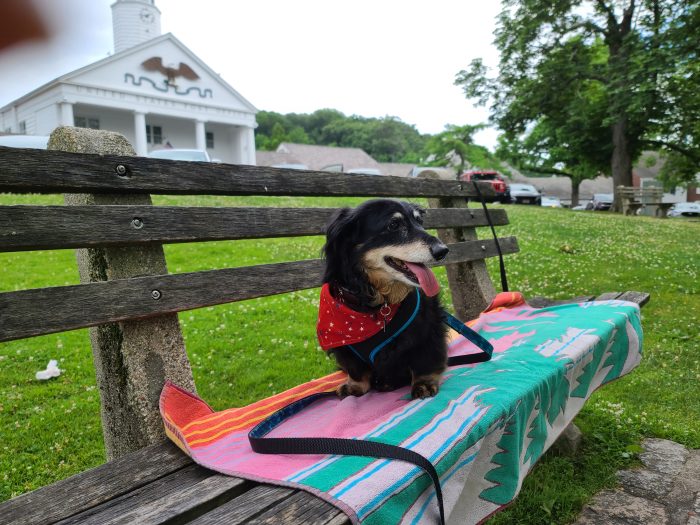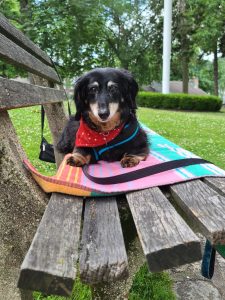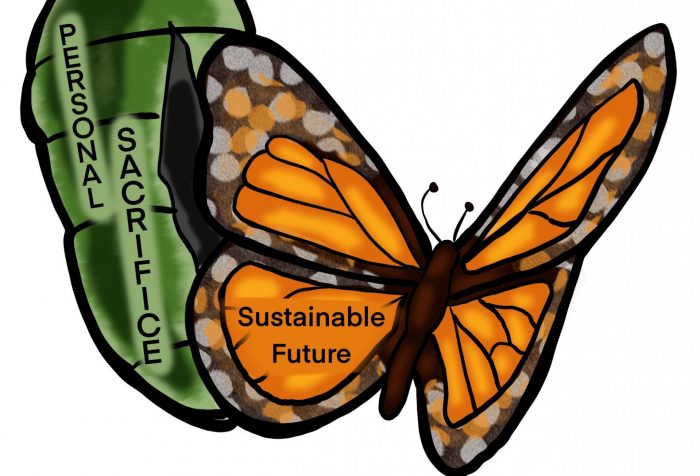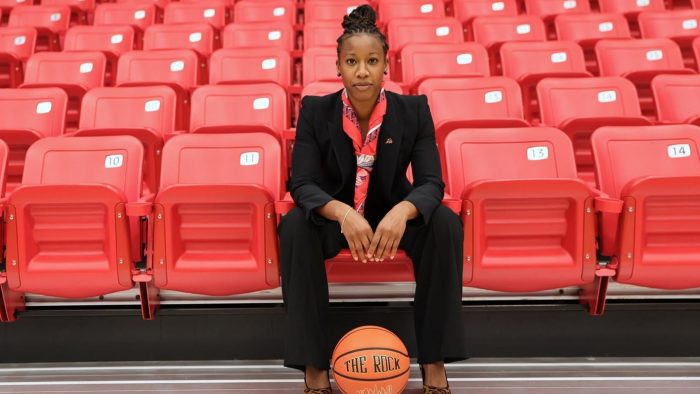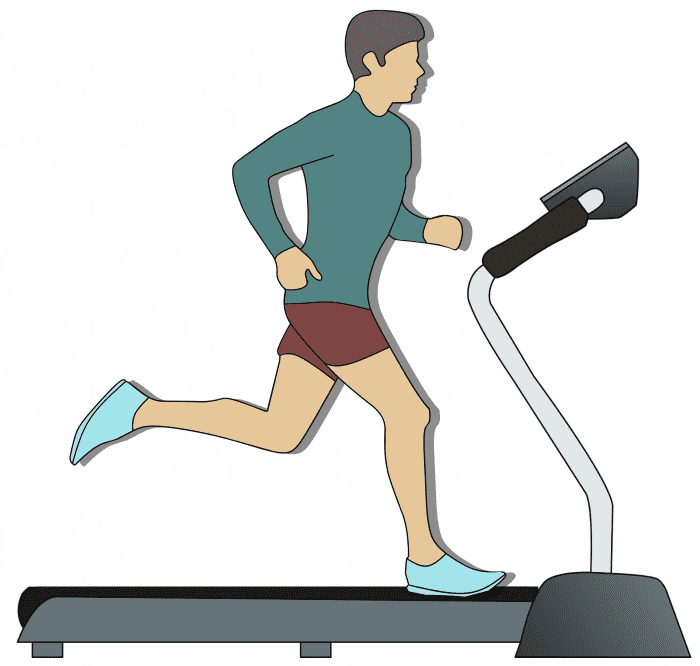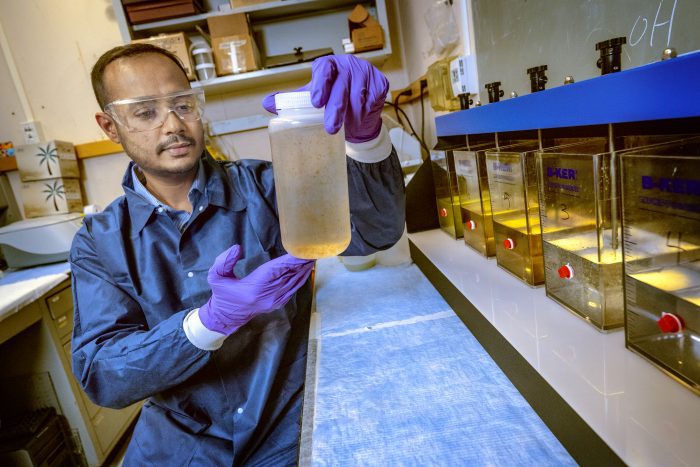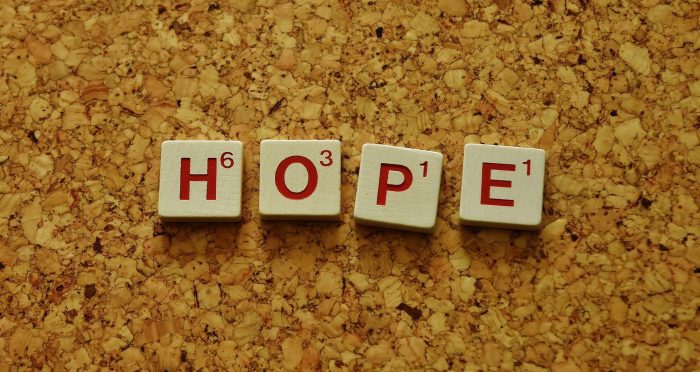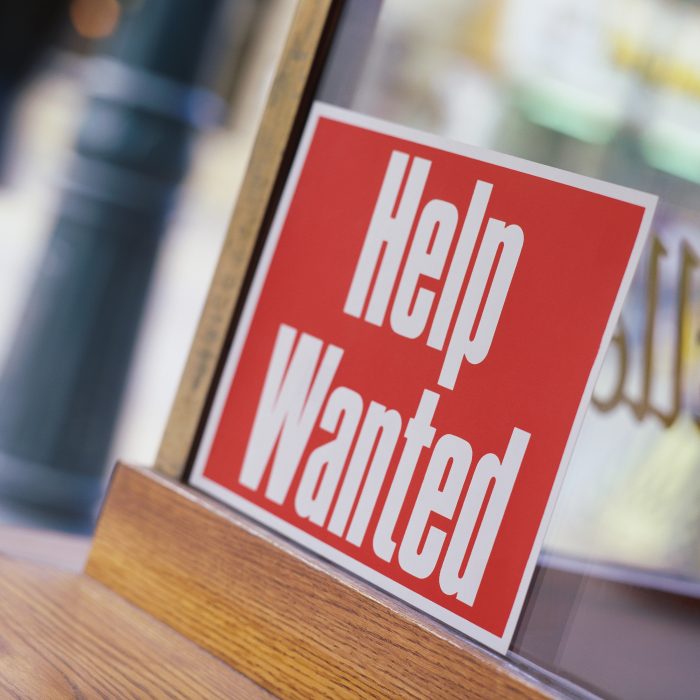By Nancy Burner, Esq.

What is portability? The word is defined as the ability to be easily moved, but in the context of trusts and estates, it means so much more. In this regard, portability is one of the strongest tools in the planner’s toolbox to reduce or eliminate federal estate taxes after the deaths of a married couple.
According to federal law, each person has a lifetime estate and gift tax exemption ($12.06 million per person in 2022). As long as the taxable gifts they have paid out during life and at death is under this exemption, no taxes will be owed on the estate at the time of death. While the current exemption is over $24 million, this will sunset for deaths after Dec. 31, 2025. For any individual death after that date, the exemption will be $5 million, indexed for inflation. Unfortunately, New York State does not allow for portability so other estate tax planning remains necessary.
As an example, take a couple with $14 million total in assets, all held jointly or with the spouse named as beneficiary. The first spouse dies in 2022, the assets all pass over to the survivor and when the survivor dies, all assets will be taxable in that person’s estate. Estate taxes would be owed because the estate is larger than the survivor’s exemption, and if the second spouse dies after Jan. 1, 2026, the tax will be largely based on the reduced exemption amount.
Enter portability to save the day! The IRS allows the surviving spouse to have their own exemption plus any leftover amount of the first to die spouse’s exemption. The first to die spouse’s exemption is portable. However, this is only available if an estate tax return was filed at the time of the first death and election was made for portability. In our example, since the first spouse passed all assets to the survivor, none of the exemption was utilized.
If a tax return was filed for the estate and portability was elected, the estate of the survivor will have the applicable exemption amount from the year of death and the $12.06 million exemption from the first death in 2022. That will amount to over $17 million in exemption, thus eliminating all federal estate taxes.
The election to transfer the first deceased spouse’s unused applicable credit amount must be made on a timely filed estate tax return, usually within 9 months of the date of death or the last day of the period covered by an extension. If the tax return is not filed timely, the estate could utilize a simple procedure to obtain an extension to file a late tax return solely for the purpose of electing portability. The caveat is that the estate was not otherwise required to file an estate tax return. If more than 2 years had expired, the estate could ask the IRS for a Private Letter Ruling to obtain permission to file a late estate tax return.
The good news is that, in July 2022, the IRS amended its regulations to elect “portability” of a deceased spousal unused exclusion amount up to five years after the decedent’s date of death. This is especially relevant with the prospect of the federal applicable credit amount being reduced to $5.0 million (indexed for inflation) after Dec. 31, 2025.
As an example, the first spouse dies in 2018 and leaves everything to the surviving spouse — which would be tax free and no part of the deceased spouse’s credit was used. Now the surviving spouse has assets of $8.0 million. Since the federal credit is $12.06 million, no tax would be due if the surviving spouse died before December 31, 2025. However, if the surviving spouse dies after that date, there would be a federal tax for any estate assets in excess of $5.0 million (indexed for inflation).
Under this new amendment, the estate of the first deceased spouse could file for an extension to file a late estate tax return to capture the unused exemption of the first spouse to die. The survivor would have his or her own exemption plus the unused exemption, escaping all federal estate taxes.
Executors, trustees, or surviving spouses of an individual that died within the past five years should seek advice from a trusts and estates attorney regarding this important change in the regulation. It may be prudent, even in a more modest estate, to file the return and preserve the unused exemption amount as a planning tool for the surviving spouse.
Nancy Burner, Esq. is the founder and managing partner at Burner Law Group, P.C with offices located in East Setauket, Westhampton Beach, New York City and East Hampton.


